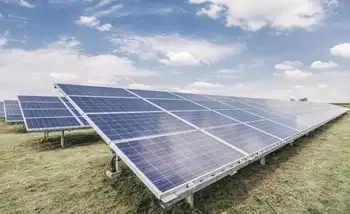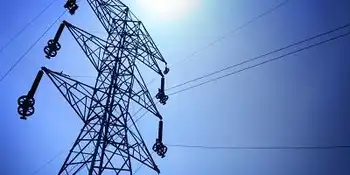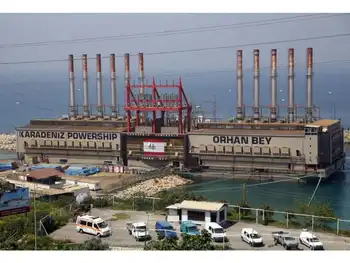Waste Management taps clean power from garbage
NEW YORK, NEW YORK - Waste Management Inc. said it will speed up its tapping of gas from rotting garbage to generate clean power from 60 landfills over five years.
Waste Management will bring turbines to the landfills to generate more than 700 megawatts of power a year, or enough power for about 700,000 homes, the company said. The power will also earn the company renewable energy credits it can bank or sell for its projects in states that have such programs.
Alternative energy is growing amid high oil and natural gas prices and concern about global warming. The U.S. Environmental Protection Agency says about 425 U.S. landfills tap gas for power and an additional 560 dumps hold promising supplies of the fuel.
Waste Management, the country's largest landfill operator, first generated power from garbage in the United States more than 20 years ago. It says landfills are more dependable than other sources of alternative energy.
"Unlike wind power, which doesn't always blow, or solar which doesn't always shine, landfills produce gas constantly," Paul Pabor, Waste Management's vice president of renewable energy said in an interview.
Rotting garbage produces a gas that is about half methane, which has about 20 times the heat-trapping potential of carbon dioxide, the main greenhouse gas. Most landfills simply vent the gas to the atmosphere and those dumps are the largest source of human-related methane emissions in the country, according to the Environmental Protection Agency.
Pabor said landfills are often placed near urban areas which makes it more convenient than some other alternative sources of power, like wind turbine farms, which can sometimes be placed far from customers.
He said the business was profitable, but would not say what the returns were.
Related News

Military Is Ramping Up Preparation For Major U.S. Power Grid Hack
WASHINGTON - The U.S. Department of Defense is growing increasingly concerned about hackers taking down our power grid and crippling the nation, which is why the Pentagon has created a $77-million security plan that it hopes will be up and running by 2020.
The U.S. power grid is threatened every few days. While these physical and cyber attacks have never led to wide-scale outages, attacks are getting more sophisticated. According to a 494-page report released by the Department of Energy in January, the nation’s grid “faces imminent danger from cyber attacks.” Such a major, sweeping attack could threaten “U.S. lifeline networks,…




